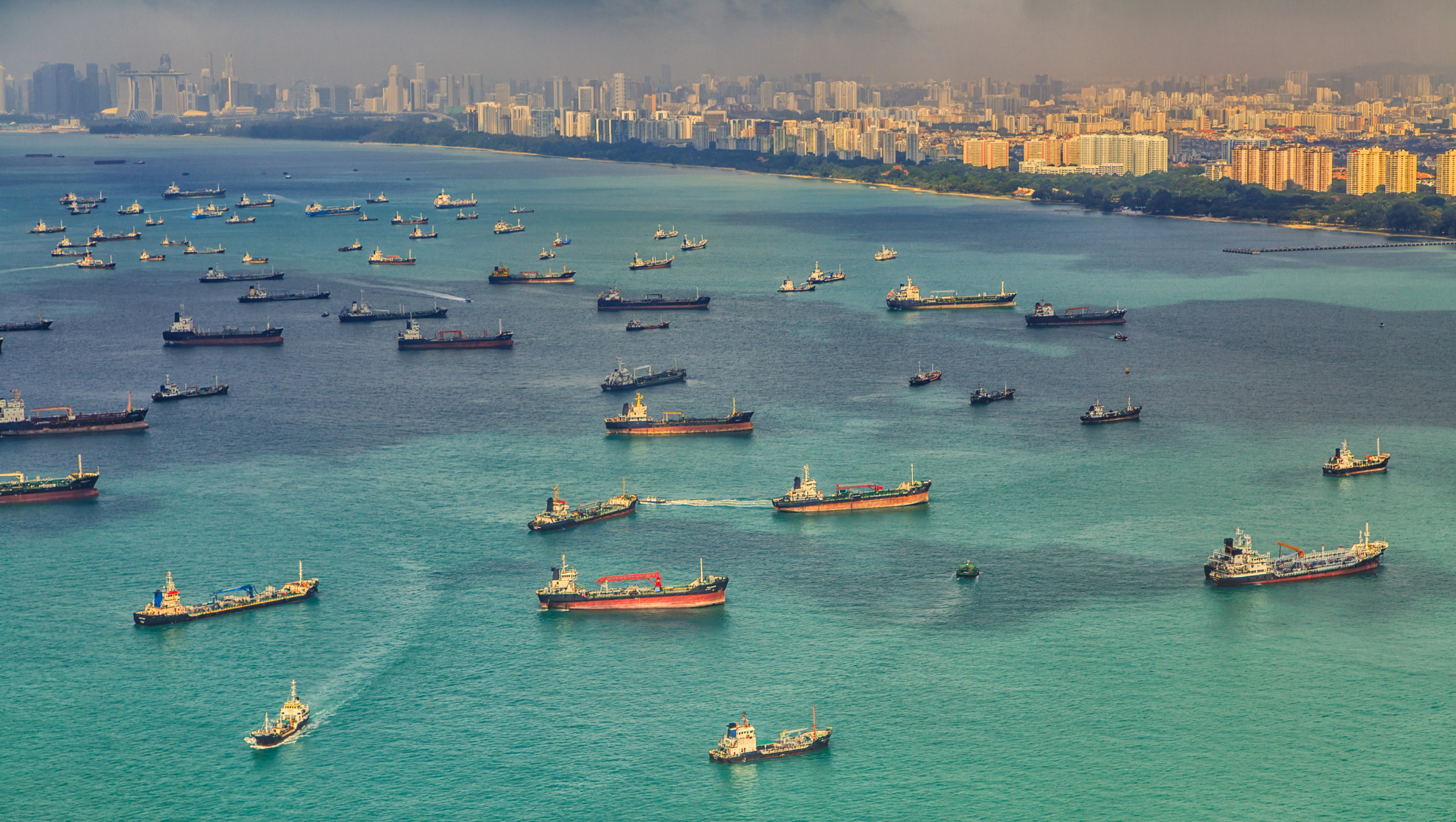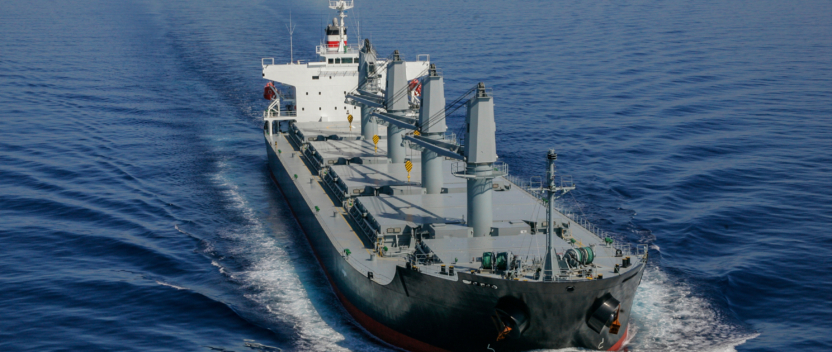The High Seas Treaty and regulation beyond borders

The agreement to protect vast swathes of international ocean waters from pollution and degradation is another new regulatory frontier for shipping. To an industry that has for some, a reputation for poor practices out of sight of land, it is a further reminder that regulation is stretching far beyond national borders.
The signing of the High Seas Treaty at UN headquarters in early March saw nearly 200 nations agree in principle to protect the world’s oceans and comes after 17 years of negotiations.
The treaty aims to place 30% of the world’s seas into protected areas by 2030, a huge increase from the current 1.2%. These newly-protected areas will put limits on deepsea mining, fishing and potentially change shipping lanes, with an impact to navigation, vessel routeing and voyage optimisation.
Ships polluting far out to sea will also face greater scrutiny once the treaty becomes law. The agreement was welcomed by green non-governmental organisations who have noted that what happens on the high seas will no longer be out of sight and out of mind.
Some also hope that all users will look at impacts in a more holistic way that reflects an interconnected blue economy and how to protect the ecosystems that support it.
The treaty will enter into force once 60 countries have ratified it, though there is little indication of how long this might take. Once ratified, participating nations can begin proposing new marine protected areas, which will need to be individually approved.
The IMO’s Ballast Water Management Convention took a decade to ratify, principally because it was adopted long before the required technology was available to manage the problem. The High Seas Treaty is more likely to be impacted by politics and the interests of developing nations and the companies that exploit the seas for commercial reasons.
The signing of the treaty is also likely to see debate over the merits of open-loop scrubbers re-opened. These systems, which discharge wash water to an agreed standard were introduced in the run-up to the 2020 global sulphur cap. They have had a positive impact on airborne emissions, but their potential effect on the sea has caused controversy.
Academic studies point to an increase in carcinogenic and environmentally harmful substances found in the Baltic Sea since open loop scrubbers were permitted.
The study also revealed that ships painted with copper-based antifouling paints account for a third of the total supply of copper to the Baltic Sea. Copper in antifouling paints is already a known environmental problem as the metal cannot be degraded in the environment and therefore leads to high levels in water, sediment, and soil
Among the responses to the signing, the Belgian minister of the North Sea termed the treaty. “A crucial step for anyone who cares about the oceans. It is to the ocean what the 2015 Paris Agreement is to the climate.”
No-one working in shipping will miss the inference. Although shipping is globally subject to different rules, the IMO has made no secret of its desire to align its reduction in carbon intensity and emissions with the Paris accords.
IMO already makes provision for Marine Protected Areas and particularly sensitive sea areas as well as regulating marine pollution though the MARPOL Convention. The treaty means shipping is likely to find itself under more scrutiny, not just in cutting carbon and other air pollution.
A subject of debate over many years but one now attracting concerted attention is the noise that cruise and merchant ships make, disrupting marine habitats and migration patterns.
According to conservation organisation WWF, shipping is the leading contributor to ocean noise pollution worldwide, and in some parts of the ocean, it says underwater noise levels have doubled each decade since the 1960s.
If the signatories to the treaty signal that a combination of ship-source pollution puts specific sea areas at risk, then shipping may find itself sailing on new, perhaps longer routes and having greater responsibility for controlling pollution while it does so.
Navigation is on its own journey, from paper to digital charts, with far greater integration between ships and shore, with more emphasis put on voyage planning and the commercial relationships that govern the carriage of cargo.
The question for lawmakers will be whether asking ships to sail differently is compatible with the aim of optimising voyages, reducing the use of fossil fuels and cutting carbon emissions.
There might also be a premium on vessels making voyages where countries with a strong environmental regulatory agenda introduce regulations that exceed the standards in the High Seas Treaty. As has been seen with the BWM Convention in the US and unilateral bans on open loop scrubbers by individual countries, the earth and its oceans are not a level playing field.


